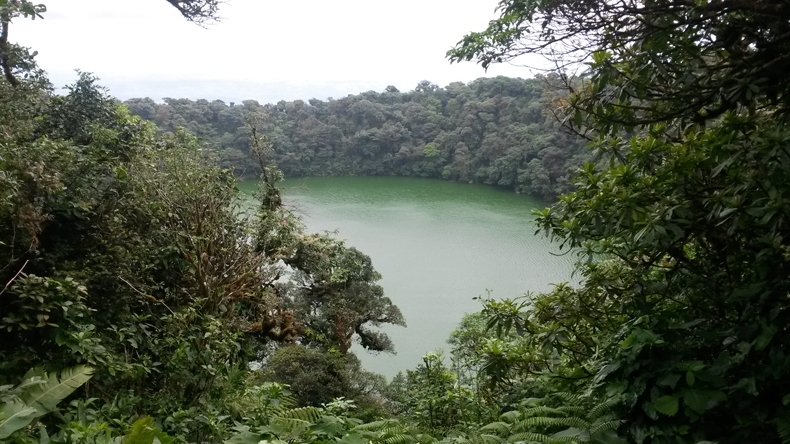Synopsis
The project succeeded in increasing Costa Rica’s PES contract coverage and land areas under PES coverage. Both environmental service providers and users including indigenous communities and women represented the main beneficiaries of the project’s outcomes. The number of participating small- and medium sized landholders was overachieved standing at 120.7% in 2014 and land maintained annually under PES contracts increased by 19% compared to 2008.
Challenge
Costa Rica has played a pioneering role in environmental management and biodiversity conservation, but the government still faced challenges prior to Ecomarkets II including the financial sustainability in the environment sector, which they considered a key goal for supporting and maintaining the national park system and securing the financing of Costa Rica’s PES program.
Based on the successful implementation of the Bank’s Ecomarkets I project, the following key priority issues were identified:
- developing additional funding mechanisms to complement current sources and allow an expansion of the conservation area,
- drawing a greater proportion of funding from service users for future sustainability,
- increasing targeting (prioritizing the selection of conservation areas with unique biodiversity features), and differentiating payments,
- targeted efforts to ensure that small and medium landholders are able to participate in the program,
- improving program monitoring. These issues were addressed in the present project, which was implemented by the National Forestry Financing Fund (FONAFIFO).
Solution
The project’s preparation was based on the achievements and lessons learnt of the Ecomarkets I project and made use of extensive literature on relevant topics to resolve the remaining shortcomings of Ecomarkets I.
It was designed as a forestry-based intervention providing funding for the promotion of afforestation, forest protection and development of social inclusion in the PES program. The intervention areas were selected based on the recommendations of the GRUAS II report produced under Ecomarkets I project.
The project’s approach consisted of three main components:
- development and implementation of sustainable financing mechanisms specific to groups of environmental service users including a new water tariff to promote watershed conservation and the implementation of a Trust Fund for Sustainable Biodiversity Conservation (FBS);
- scaling-up the PEF program by strengthening FONAFIFO’s capacity and increasing the efficiency of contracting;
- removing barriers such as high transaction costs for small landholders’ participation in the PES program.
Results
Bank funds made available through Ecomarkets II were ultimately successful in supporting FONAFIFO to increase its PES contract coverage and land areas under PES coverage by strengthening the PES program and effectively increasing local participation, particularly of indigenous communities.
The project’s outcomes benefitted environmental service providers including landholders in targeted priority conservation areas, as well as users of environmental services with indigenous communities and women being specific beneficiaries of the PES program.
The following specific outcomes were achieved with the help of the Bank’s loan:
- The number of small- and medium sized landholders (less than 100 ha farms) participating in the PES program increased significantly by 120.7% between 2008 and 2014 exceeding both the original and revised target values of 50% and 85%, respectively.
- 296,904 ha of land are maintained annually under PES contracts in 2014, i.e. an increase of 19% compared to the baseline value of 250,000 ha in 2008, providing environmental services of local and global importance.
- Between 2008 and 2010, the amount of newly-contracted area financed annually by funding from service users increased fivefold. The overall increase over project time (2008 – 2014) was 230% due to wide fluctuations in Costa Rica’s PES program.

